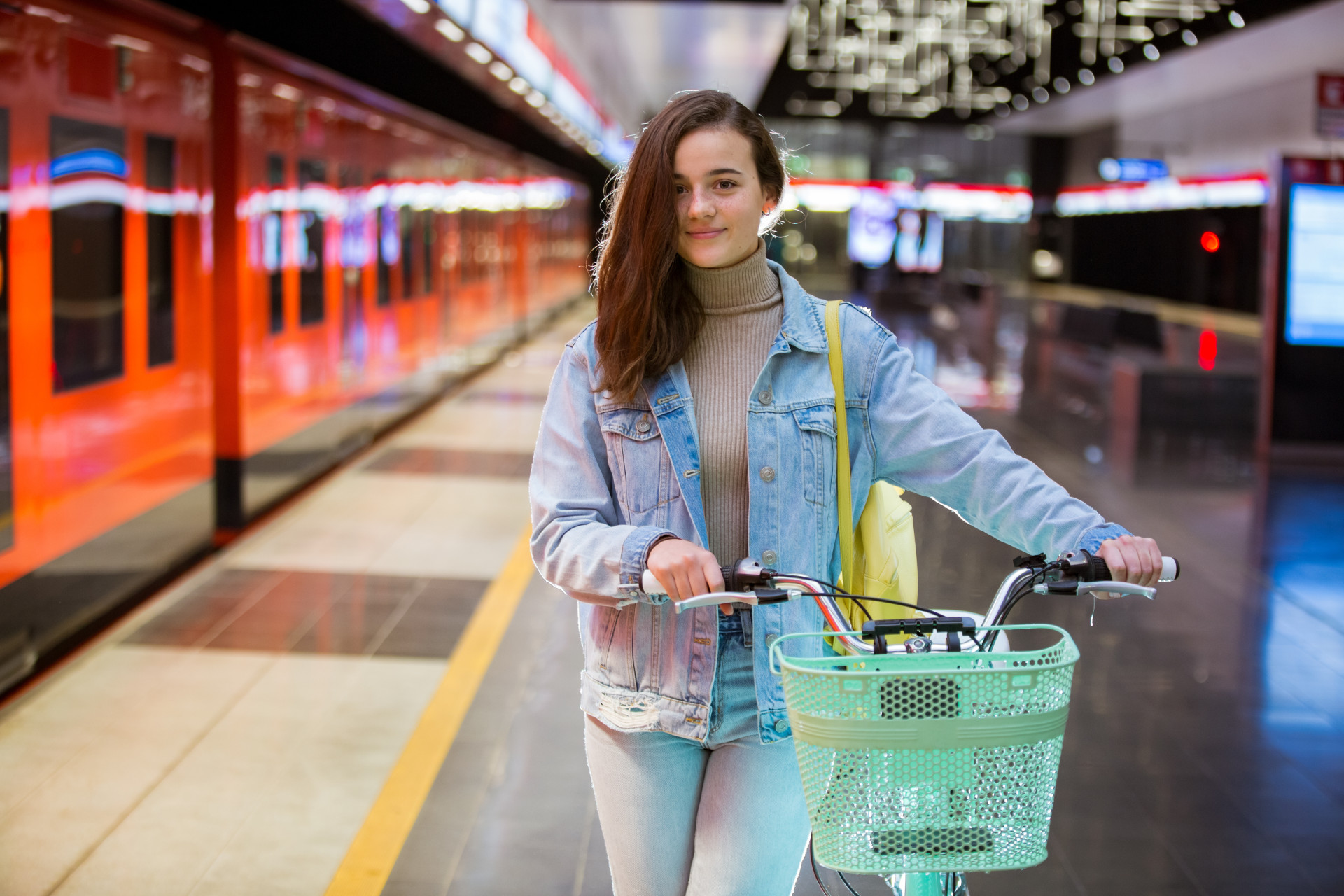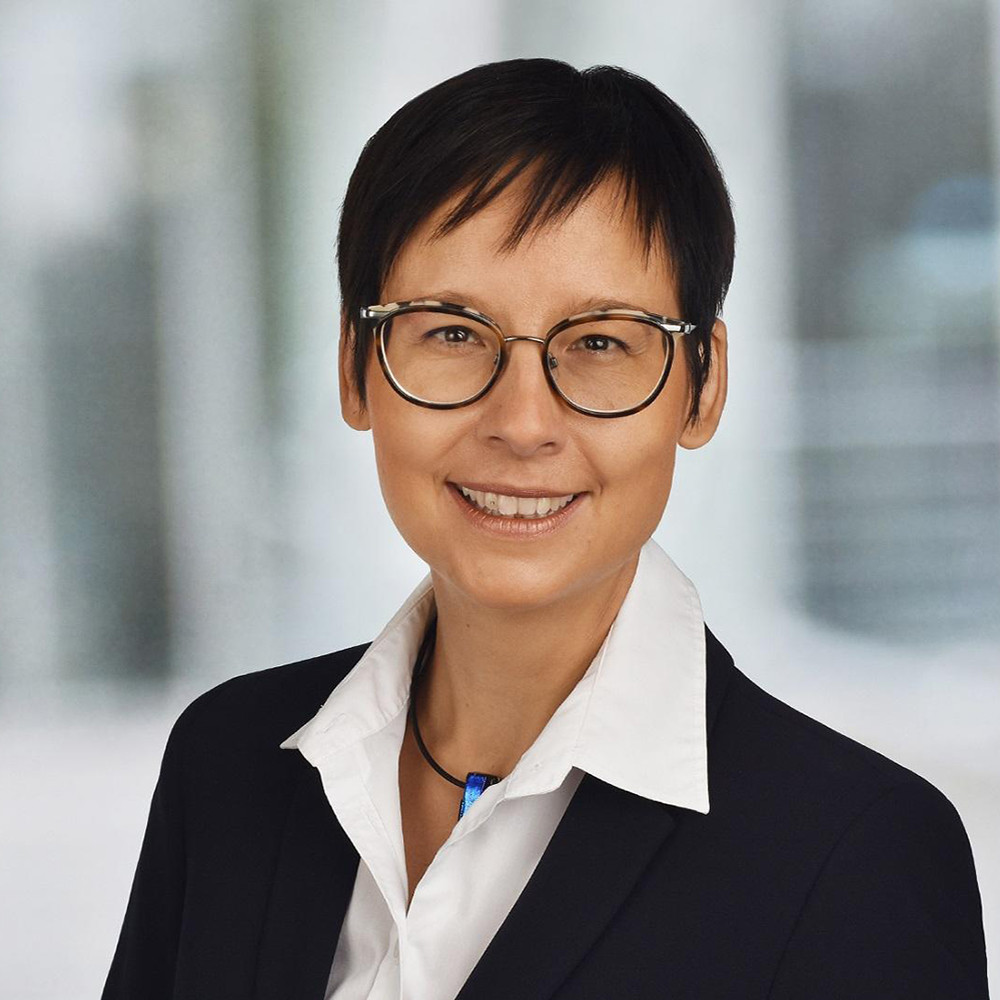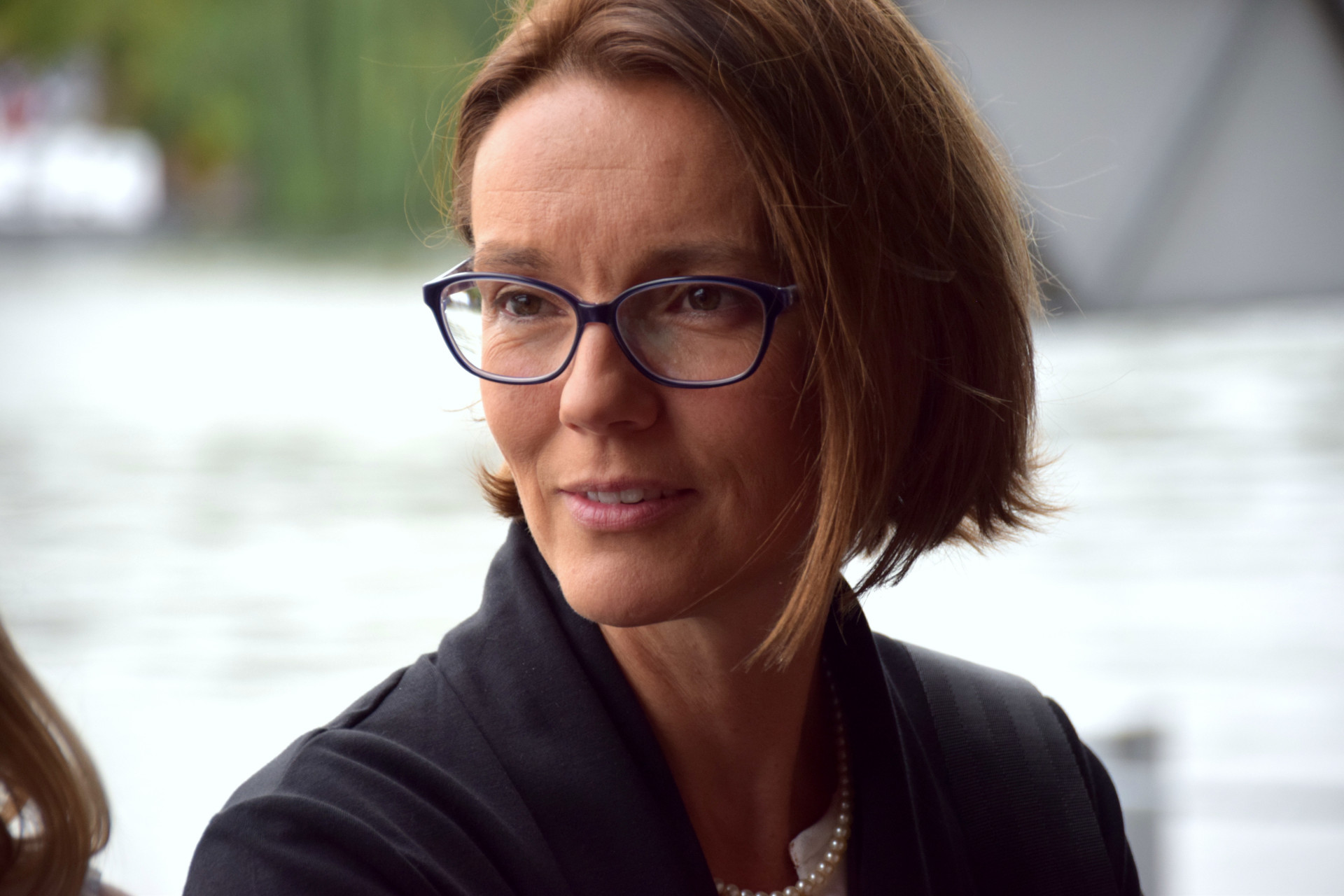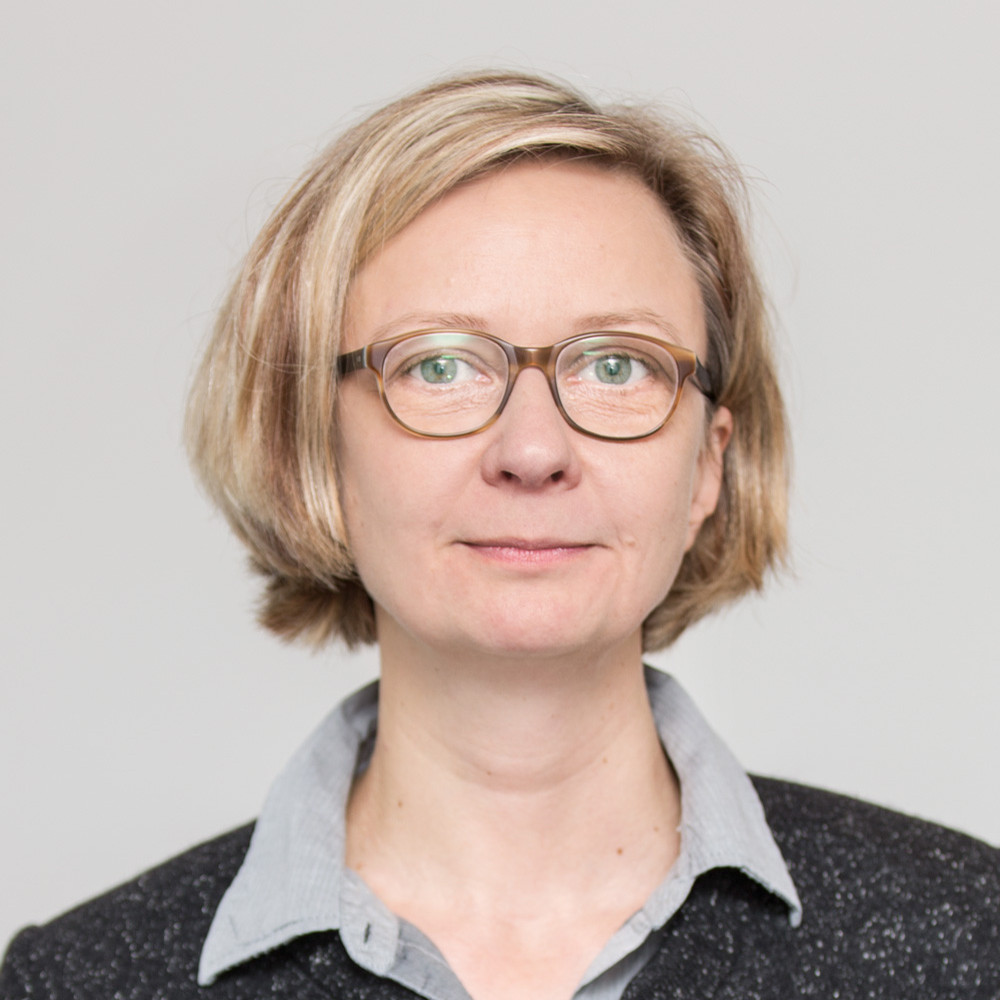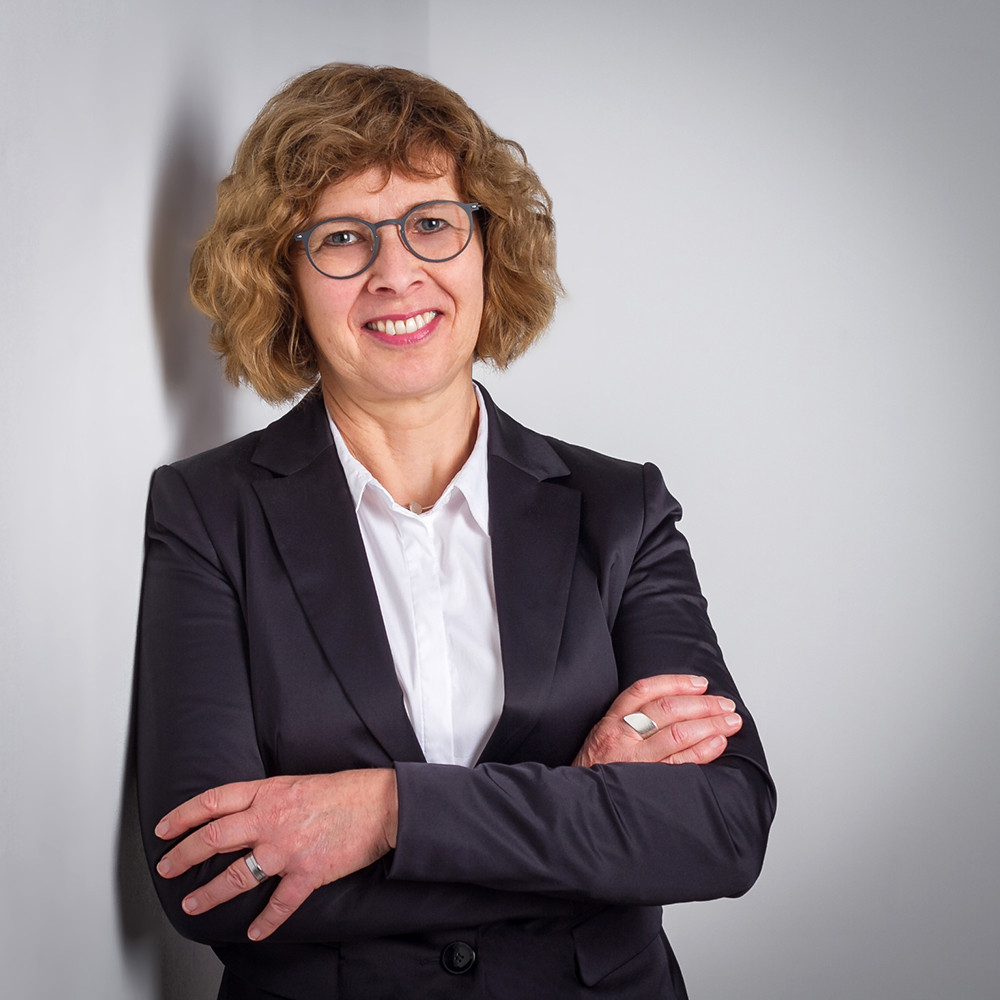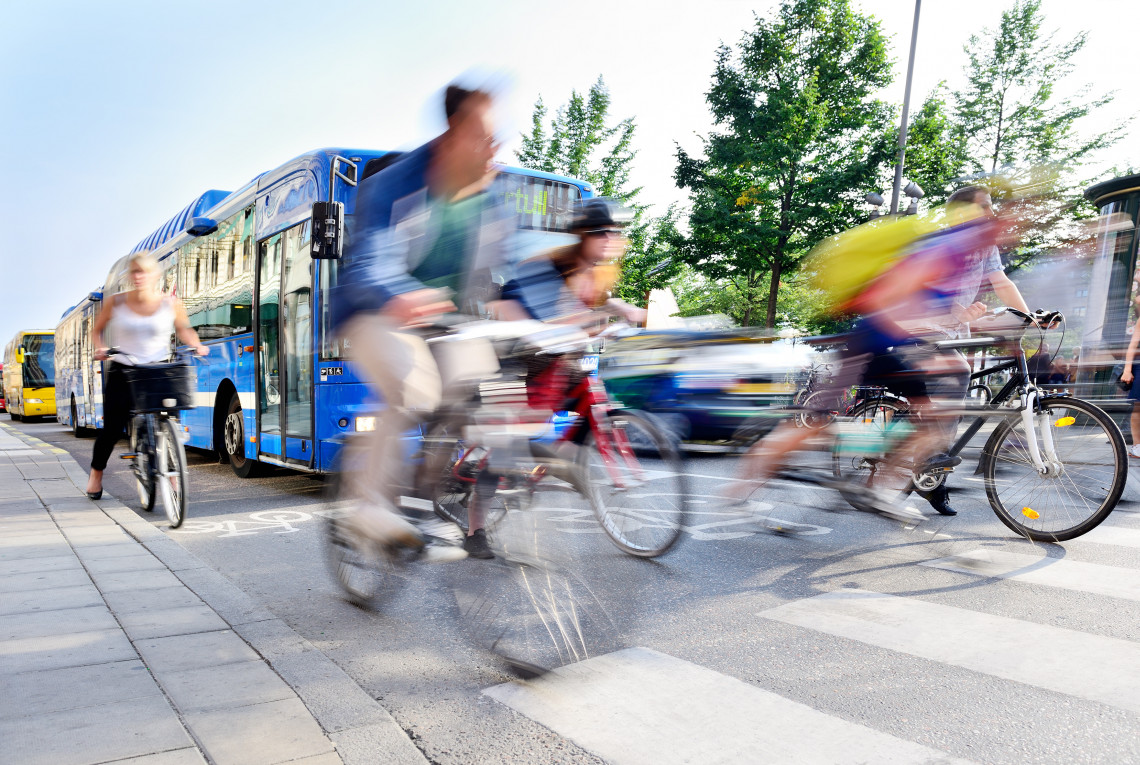Why we don’t have to completely do without our cars
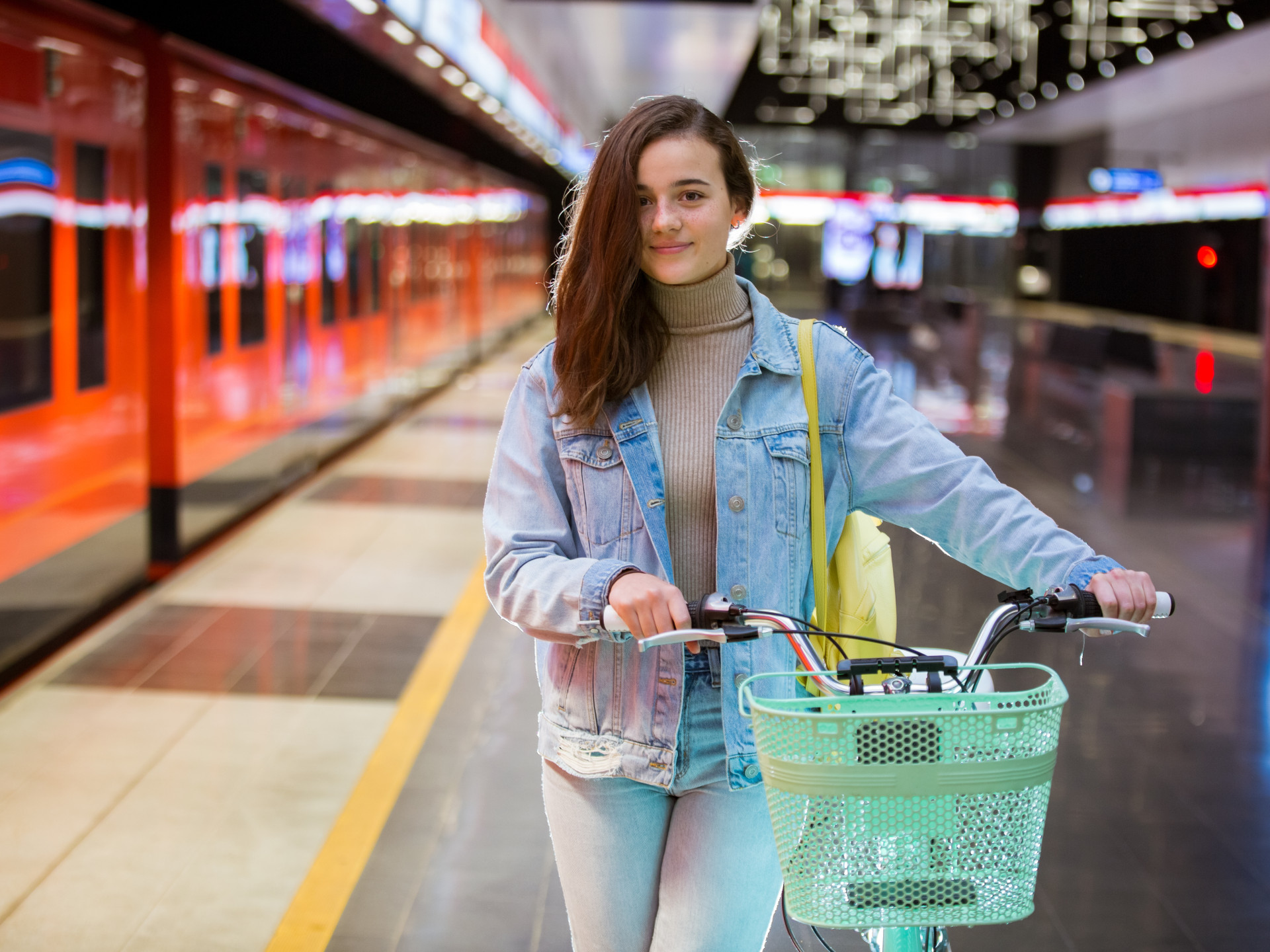
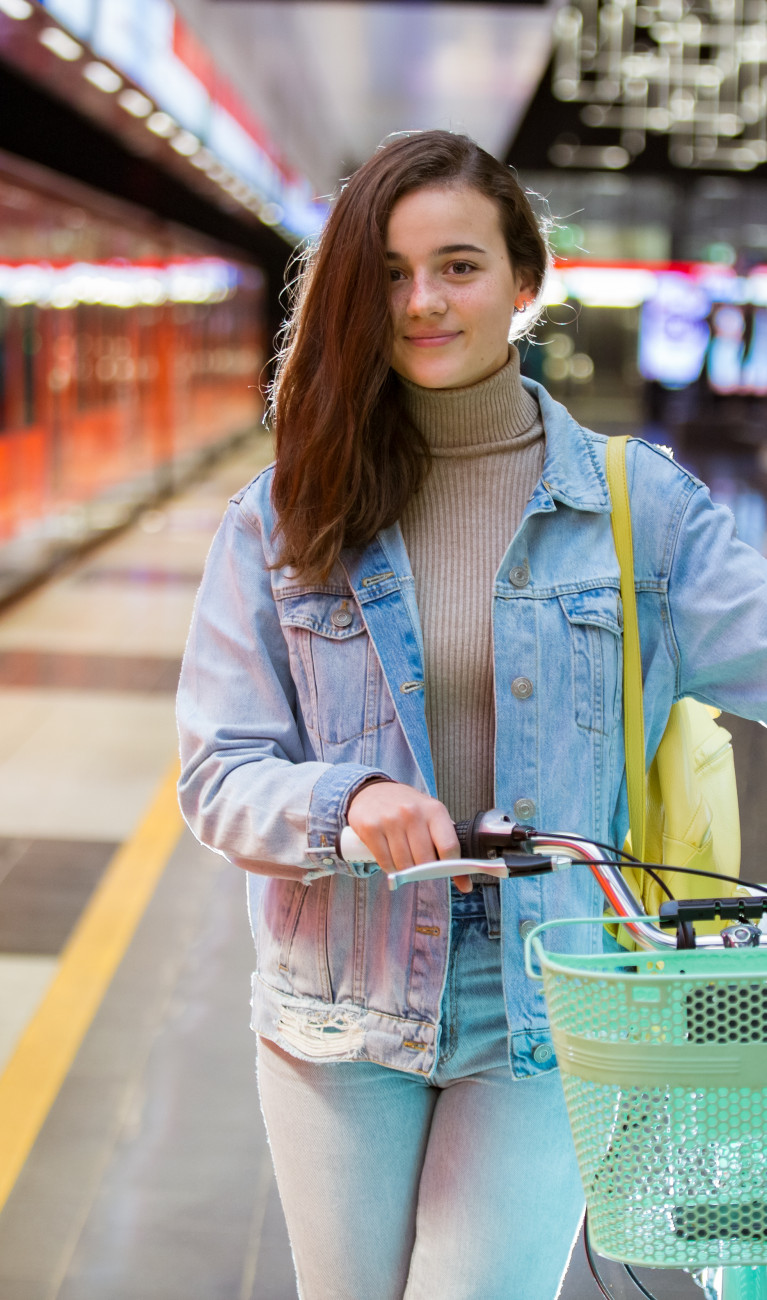
In order to meet Germany’s greenhouse gas reduction targets, we need to change our mobility habits radically. But that doesn’t mean we have to completely do without cars. Why so many people still find that difficult – and how alternatives can become more attractive.
„Zwischen Lübeck Zentrum und Reinfeld neun Kilometer Stau, die A 7 Flensburg Richtung Hamburg drei Kilometer stockender Verkehr, zwischen Schnelsen und Stellingen vier Kilometer stockender Verkehr“. Ein beliebiger Ausschnitt aus dem Verkehrsfunk zeigt die Lage auf den Straßen hierzulande: Egal ob in Städten oder auf dem Land – überall rollen und vor allem stehen die Blechlawinen.
Ein Ende ist nicht in Sicht: In Deutschland steigt die Zahl der Pkw-Neuzulassungen kontinuierlich weiter. Und das, obwohl immer mehr Deutsche Klimaschutz – auch im Verkehrssektor – für wichtig halten. Warum ist das Auto trotzdem nach wie vor so attraktiv? Wie passt das mit den doch durchaus positiven Einstellungen der Deutschen gegenüber dem Klimaschutz zusammen? Und wie können Alternativen attraktiver werden?
Related links

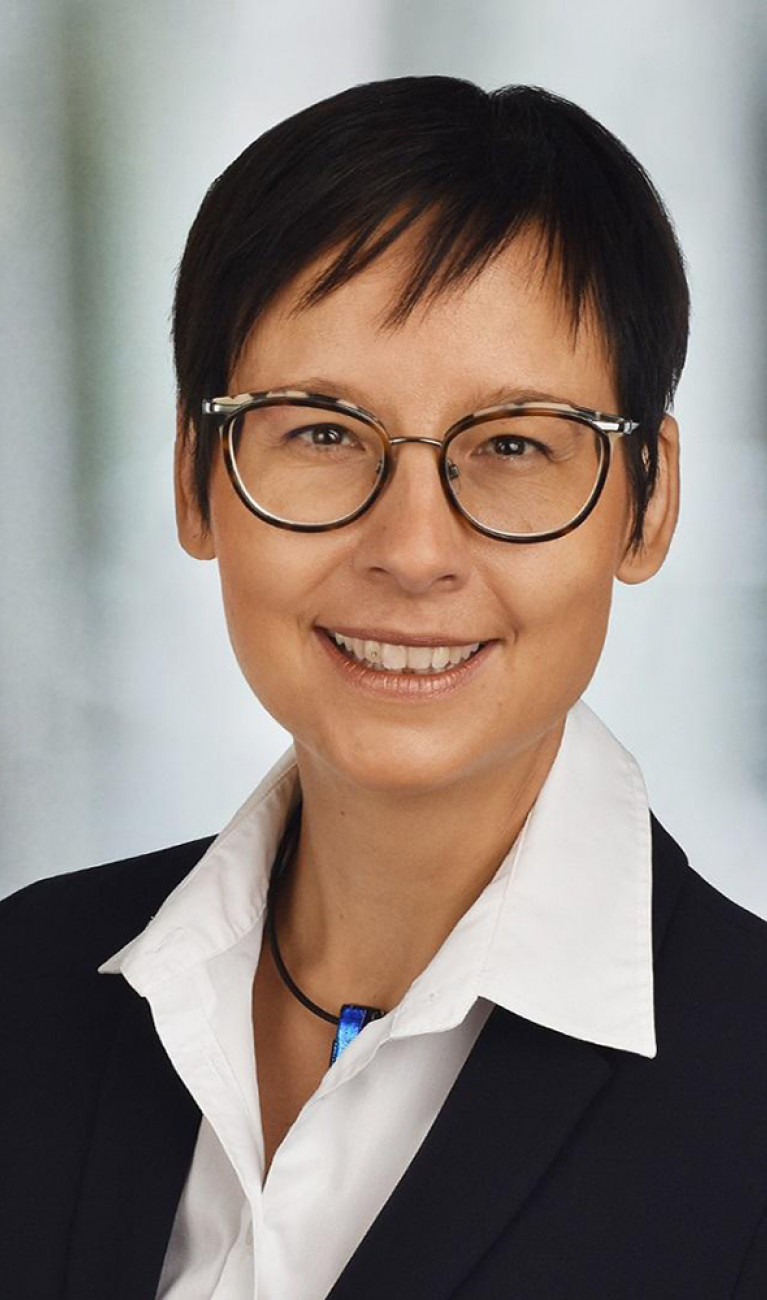
Feeling of freedom makes driving popular
Meike Jipp is a psychologist who heads the Institute of Transport Research at the German Aerospace Center (DLR) in Berlin. According to Jipp, the feeling of freedom is the main reason people don’t want to do without their cars. Your car waits just outside your door, and you can go almost anywhere with it. The opposite is true for public transport; people wait at bus or streetcar stops and depend on the timetable. On top of that, buses and trains don’t travel right to our destination, they only stop somewhere near where we really want to go. “So it’s no surprise that trips with public transportation take longer and are perceived as less convenient,” says Jipp. A study shows that it takes about three times as long to get to work with public transport as it does with a car. The difference is even greater in rural areas.
Kognitive Dissonanz: Klimaunfreundliches Verhalten trotz positiver Klimaschutzeinstellung
Aber reichen diese Gründe schon, um sich trotz eigentlich positiver Klimaschutzeinstellungen klimaunfreundlich zu verhalten? Meike Jipp sieht hier noch einen anderen Aspekt: „Ein Widerspruch zwischen dem eigenen Verhalten und den eigenen Einstellungen wird in der Regel als sehr unangenehm empfunden. Menschen möchten diese sogenannte kognitive Dissonanz gerne auflösen. Dazu nutzen sie klassischerweise drei Wege: Sie passen ihre Einstellung an das Verhalten an, sie passen das Verhalten an die Einstellung an oder aber sie finden einen Grund, warum das Verhalten auch unter Berücksichtigung der Einstellung gerechtfertigt ist.“
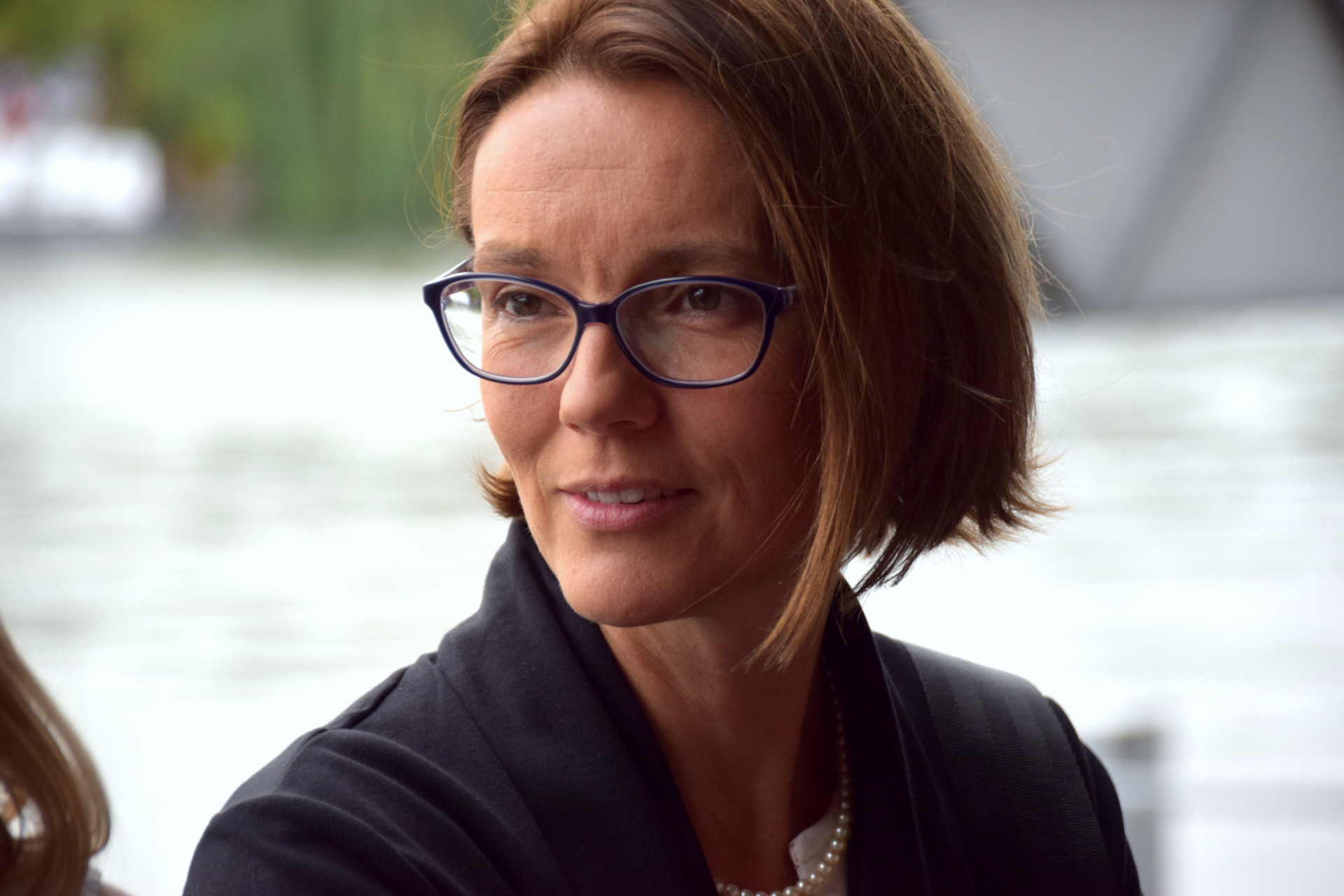
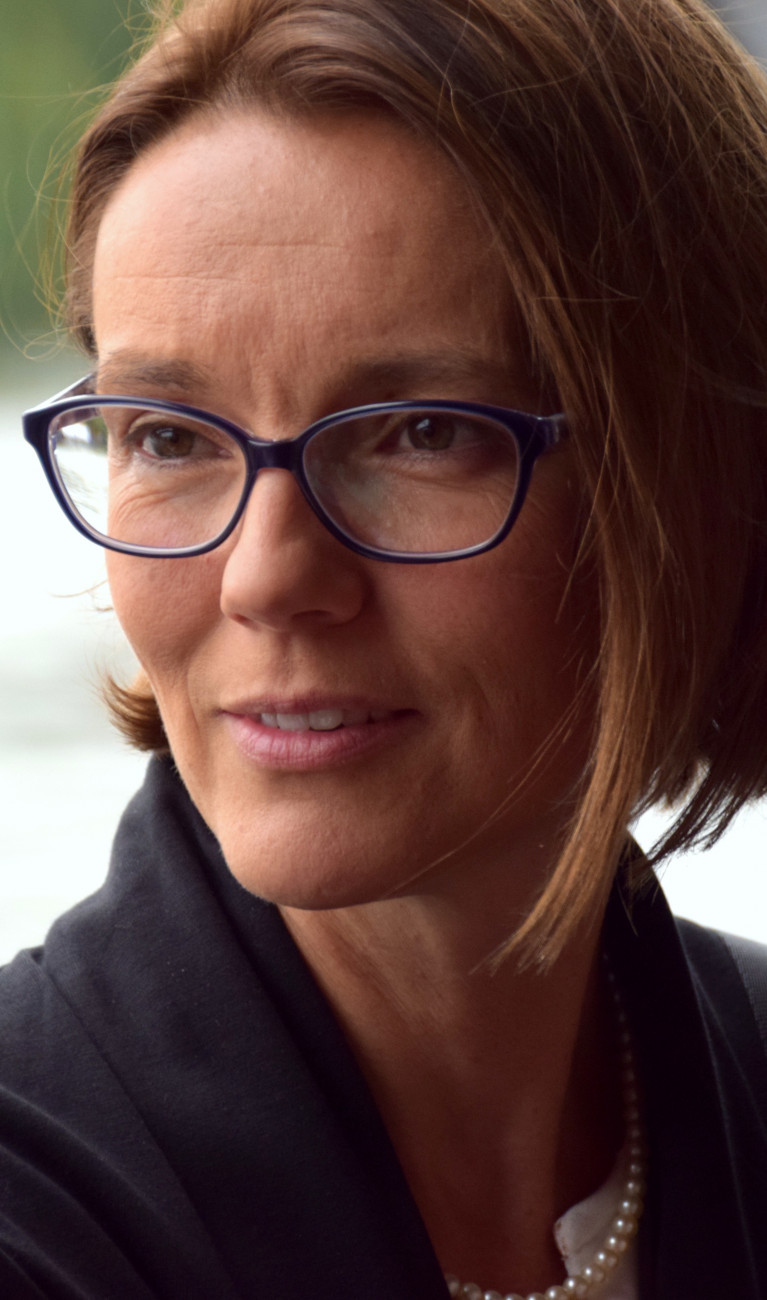
Changing mobility habits instead of doing without
But would we really have to do without our cars in order to meet our greenhouse gas reduction targets?
Claudia Nobis says no. Nobis is a social scientist at DLR who heads a project funded by the German Environment Agency; the project’s aim is the development of a sufficiency strategy for the transport sector and its successful communication. “What’s important is for as many people as possible to walk or use public transport or bicycles to meet their daily mobility needs and to use cars only for a few specific routes,” she says.
For many people, however, this would mean a complete change in their mobility habits. “Before the COVID-19 pandemic, about half of the adult population belonged to the group of monomodal car users; those are people who, given the choice of using a car, a bicycle or public transport during a normal week, use only the car. During the pandemic, that component grew by about 10 percentage points to 60 percent,” says Nobis. Multimodal users, who are already using a mix of transportation types in everyday life, have developed routines that involve the use of other means of transport and can do without cars for some routes more easily
Bewusstsein für Notwendigkeit von Verhaltensänderungen schaffen
Was würde Menschen bei der Neuausrichtung ihres Mobilitätsverhaltens unterstützen? „Mobilität ist ein starkes Routineverhalten. Um dies zu ändern, ist ein persönliches Change Management gefragt, das zunächst das Bewusstsein für die Notwendigkeit einer Verhaltensänderung stärkt“, sagt Jipp. Dabei könne vieles helfen, zum Beispiel die öffentliche Diskussion in den Medien, ein Austausch mit Freund:innen oder Familienmitgliedern oder ein spielerisches Feedback über die Konsequenzen des eigenen Verhaltens, so Jipp. „Letzteres ließe sich zum Beispiel mit Hilfe von Apps realisieren. Solche Apps könnten bei jedem zurückgelegten Weg schätzen, wie hoch der CO2-Ausstoß war, dies den Personen zurückmelden und sie gleichzeitig darüber informieren, wie sie denn auf eine umweltfreundlichere Art und Weise hätten mobil sein können. Wichtig ist dann natürlich auch, dass diese Alternativen attraktiv und vor allem verfügbar sind“, ergänzt Claudia Nobis.

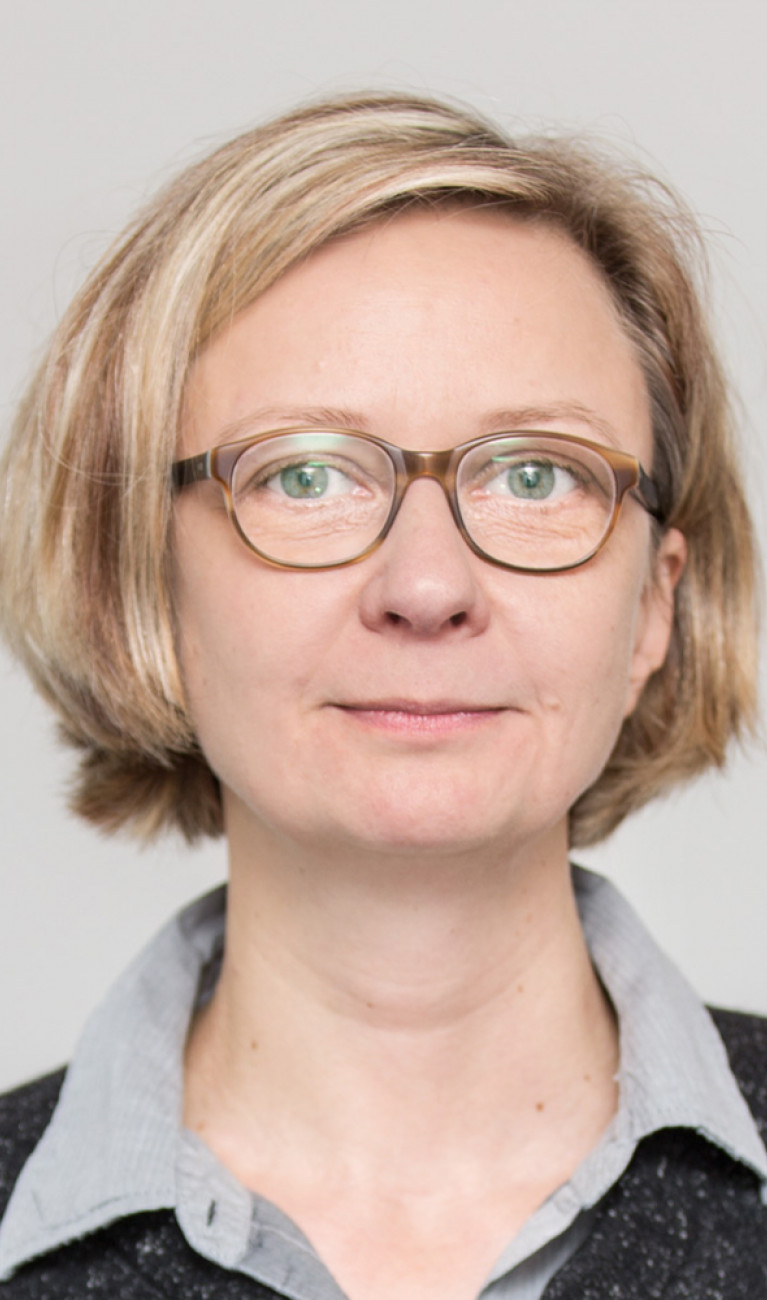
The Allgemeine Deutsche Fahrrad-Club (ADFC), a German cycling association, has been demanding that for years. Angela Kohls, Policy Director at the ADFC, says “To get as many people as possible to switch to climate- and environment-friendly transport, that transport has to be seen as a safe, pleasant and convenient alternative to the private car. The more attractive the alternatives to cars are, the easier it is for individuals to decide to leave their cars at home.” And what makes the alternatives to cars attractive?
One-third of the CO2 emitted by cars comes from trips shorter than 20 kilometers. Almost 90 percent of our daily trips are in this range. Over half of them cover less than 5 km and about 75 percent cover less than 10 km, often within a single city. Cycling has enormous conversion potential for such routes.
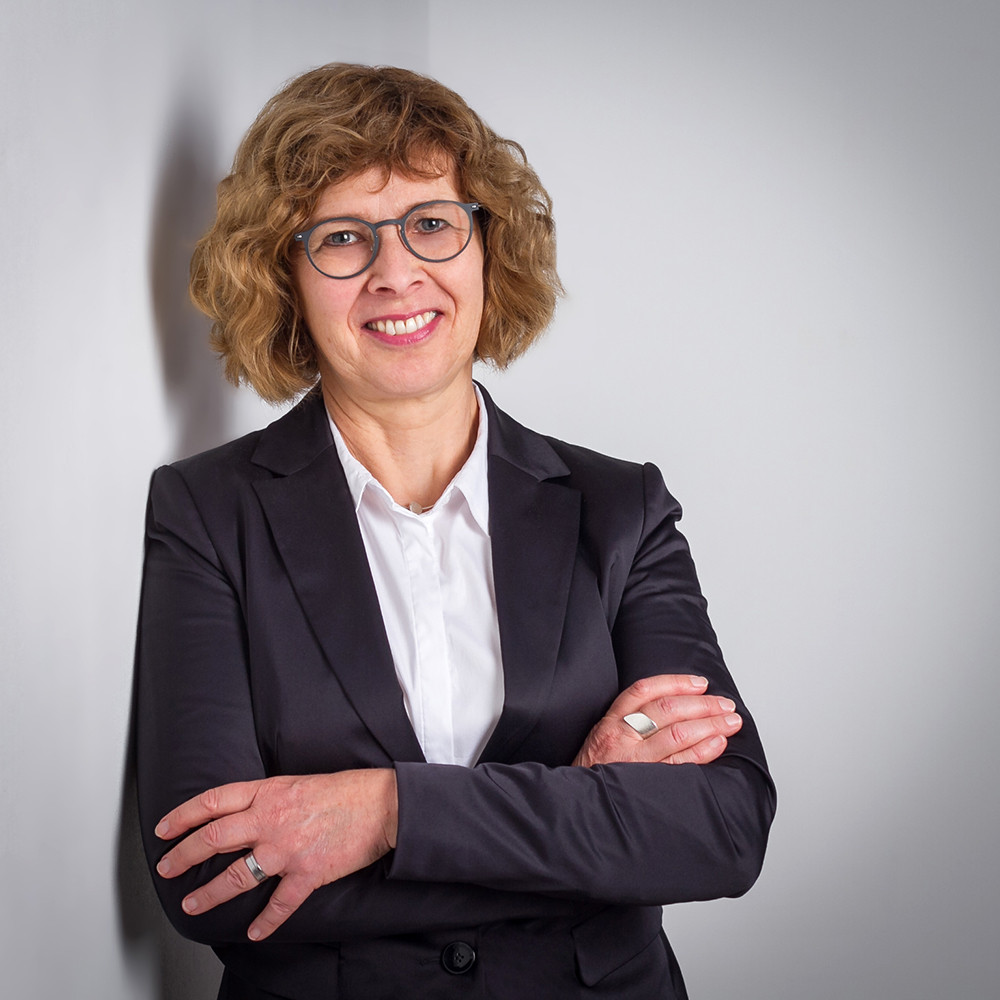
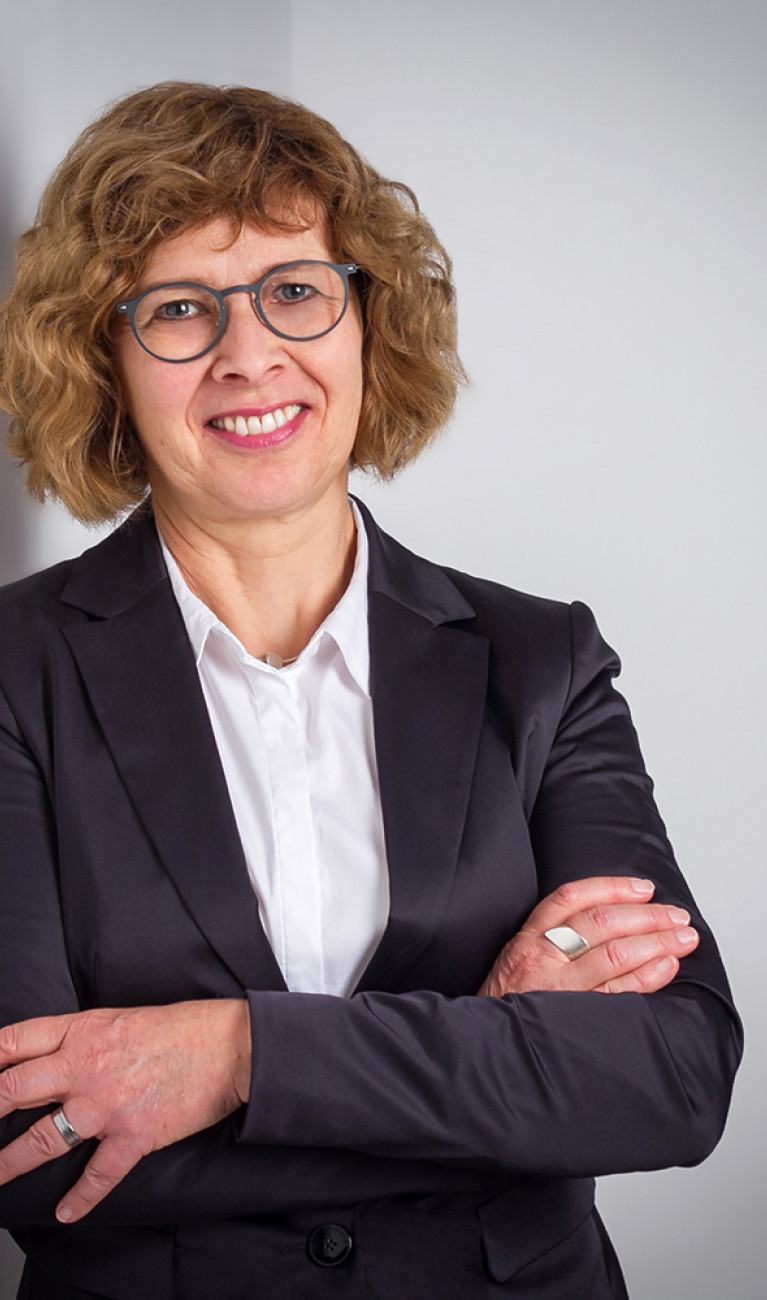
Boosting public transportation
Elisabeth Schwenzow, head of the traffic department in the District of Borken, a largely rural region with 17 communities and small or medium-sized cities in the Westmünsterland region, deals with public transportation a lot and knows what would make it more attractive. “Good public transport is available at most times of the day and makes it possible for passengers to reach even relatively distant destinations easily. Reliability is essential, especially for commuters” she says. While transportation is readily available in most major cities, there is still room for improvement in rural areas, especially for connections between road and rail, according to Schwenzow. “Cars, buses, and trains should be synchronized so that people can switch from one to another without long waits. That makes public transportation much more attractive. And the last mile to the destination or the stop is important. It has to be safe, well lit, and attractive,” she says.
And what about the price? “From passenger surveys, we know that price isn’t as important as selection for most people,” says Schwenzow. Studies like one by TU Dortmund University back her up, showing that free buses and trains alone are not enough to convince people to do without their cars. Something similar can be seen in Tallinn. Public transport has been free of charge in Estonia’s capital since 2013. Though the use of public transport has increased, there are still just as many cars on the roads. The Estonians conclude that buses and trains are used mainly by people who used to walk or who were already using public transportation anyway and now do so more often and longer.
Is that an argument against the 9-euro ticket that is being introduced in Germany now? “Yes and no,” says Schwenzow. “In areas with enough free bus and train capacity, the 9-euro ticket can, just like other kinds of temporary financial relief, be a great opportunity to make public transport attractive to many people, especially after the pandemic.”
